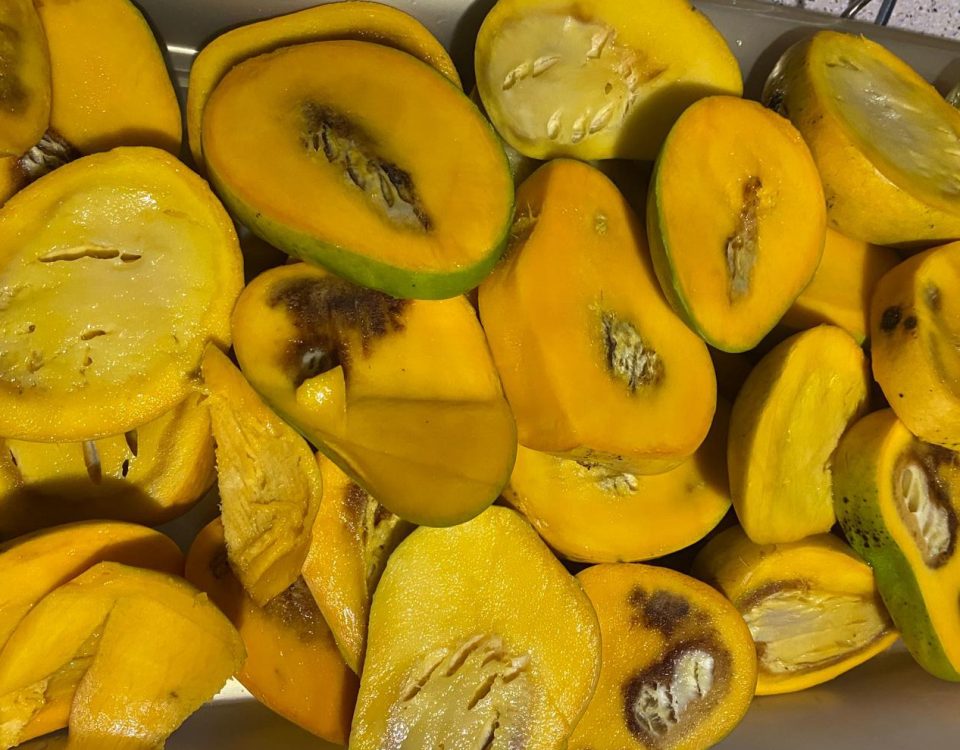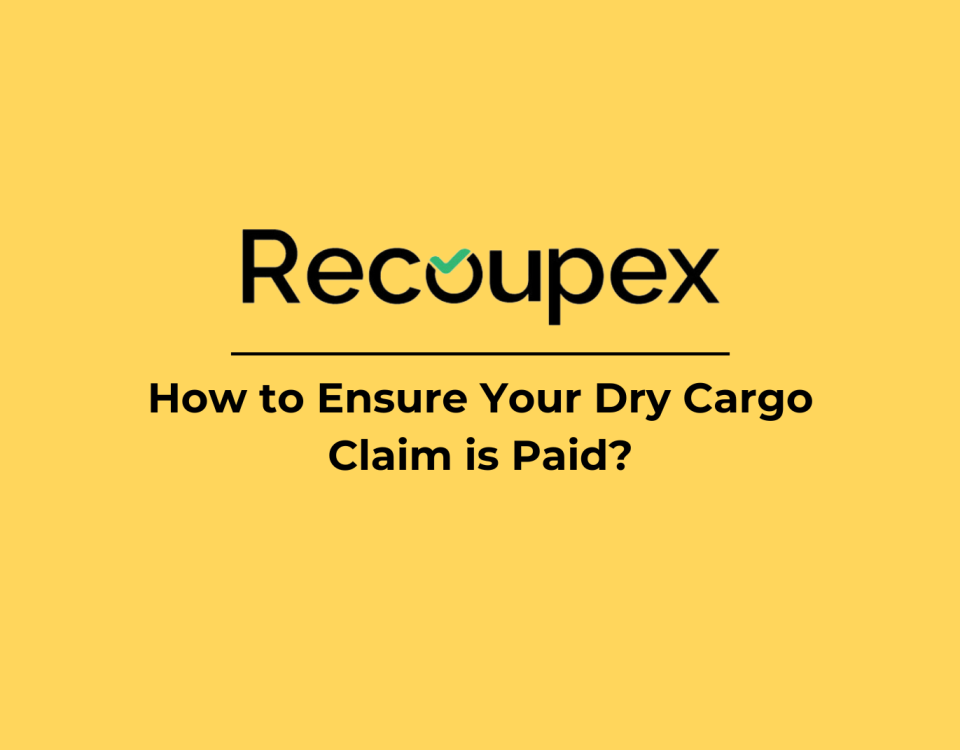Free of charge pre-shipment survey – Mission POSSIBLE!

When an Invoice to a Customer is Overdue – AN ACTION LIST!!!
May 28, 2019
2 Essential Steps to Transform Claims Customer Experience as a Freight Forwarder
July 7, 2020PROBLEM
Shipping lines often ask for pre-shipment survey as if they want to make sure the shipper did not throw cargo inside the container during loading. The majority of shippers do not have any evidence to prove, that cargo was loaded duly and properly, which hinders them from getting the requested compensation or getting compensation in full. Below are insights on how shippers can save their back with no additional investment!
PURPOSE OF A PRE-SHIPMENT SURVEY
The purpose of a pre-shipment survey is simple:
- Establish the condition of the container provided by the shipping line and document evidence of unseaworthiness.
- In the case of a reefer container, document temperature set, ventilation, etc.
- Document state and temperature, when necessary, of cargo being loaded into a container at the time of loading.
- Document how cargo is stuffed into a container to prove proper packing and dunnage was used to prevent damage to cargo and container.
Proper documentation of the above will include written notes (transferred to letterhead) as well as photographic evidence (remember that a date-stamped photograph is far more useful in a cargo claim).
Container Survey
Let’s face it, every container has issues, which shipping lines deny.
Often the person you are making a claim with is sitting in an office having never entered a container in their life, so don’t understand the issues faced when being presented with a sub-standard container. Shipping lines, in order to save money, carry out improper repairs to containers; they also, sometimes do not have the capacity to make proper repairs to damaged containers at local container storage depots.
Therefore, in order to prove that the shipping line has provided a container with issues, the shipper needs to document them prior to stuffing the container.
A simple list of issues with photographs as evidence will prove to a shipping line that the container provided was sub-standard at time of loading, or that subsequent damage took place while in their custody, helping to prove that the shipping line is liable for cargo damage.
When it comes to reefers, it is important to document, and photograph, the set temperature, ventilation, etc., as well as the physical condition of the container.
For EVERY container, a light test should be conducted. This involves entering the container, closing the doors completely, and evidencing any light infiltration into the container. Often, when there is rust, tiny pinholes, not visible unless a light test is conducted, have penetrated the rust and will allow water ingress to a container. You will also be able to witness any light infiltration to the container around the doors and between floorboards.
Cargo Survey
Documentary evidence of cargo as well as packaging and dunnage is important. With cargo, i.e. bananas, watermelons, steel cargo, coffee, etc., if the actual cargo can be photographed during loading.
However, if cargo, such as coffee, cannot be photographed (as it is packed in sacks), then photographs of packaging, sacks, should be photographed in order to prove cargo was loaded in good order and packages were not showing any water damage, holes, etc.
When it comes to fresh cargo, such as bananas, it would be wise to open a few random packages in order to evidence the actual fruit, as well as taking photographs of the packaging.
Notes should be taken off the state of cargo at the time of loading, as well as, in the case of reefer stuffing record of the temperature of the container at the time of arrival as well as after stuffing. Where possible, the temperature of fresh produce should also be recorded at the time of load start and closing of container doors when the load is complete.
Loading Survey
In order to prove good packing of the cargo, further documentary evidence should be taken. Listing type of packages being loaded, how they are loaded, and what dunnage is used to secure the cargo is very important. Examples:
- Container internal panels affixed with paper; 50kg bags of coffee loaded 6 bags wide by 15 bags high.
- 12-meter long steel rods laid flat in a container secured by nylon strapping.
Photographic evidence of the same must be taken throughout the loading process, as well as after loading is complete and doors are sealed. If possible, photographs should show the container number on the inside panel of the container or on the internal roof by the doors as well as the cargo, this links a particular container with that particular cargo.
Pre-shipment Survey Report
Reach us out if you need sample of survey report that the importers, can request the exporter to conduct and fill out prior to and during the stuffing containers. This should be done for every container being loaded. This can then be sent to you in advance of container arrival to assist you to assess what the issues if any, the container had at the time of loading and what to look for at the time of destuffing.
How to do all above in 2 min?
Take a 2 min video at the time of loading!



